Get to Know the Fennec Fox: The Cutest Desert Explorer
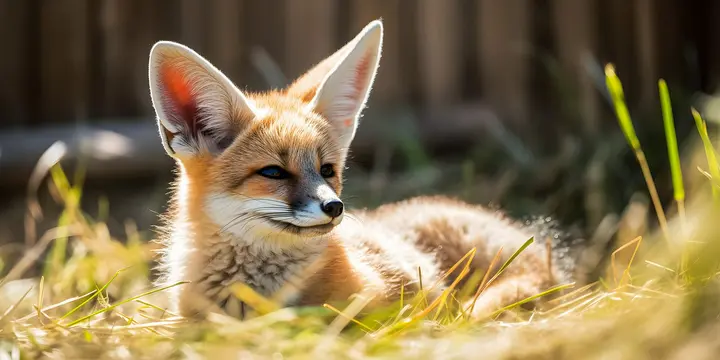
The big-eared African fox is considered one of the most amazing living creatures in the desert of Africa. An explorer par excellence that roams green and dry lands in search of new adventures, he has become a darling among researchers and animal enthusiasts alike. His patience, intelligence and ability to adapt to the harsh environment inspire us. In this article, we will explore the adventures of this fox and learn about the secret of its spread and unique appeal.
Show key points
- The big-eared African fox is renowned for its intelligence, patience, and determination, earning it the title "King of the Desert."
- Its large ears are not just for appearance but serve as powerful tools for detecting prey and navigating the harsh desert environment.
- This fox showcases remarkable hunting strategies, blending stealth, agility, and deception to capture its food efficiently.
- ADVERTISEMENT
- An important ecological player, the African fox controls pest populations and aids in seed dispersion, supporting desert ecosystem balance.
- Exceptional adaptability allows the fox to adjust its diet, utilize underground shelters, and survive extreme heat and drought conditions.
- Despite its resilience, the species faces serious threats such as habitat destruction, poaching, and environmental degradation.
- Conservation efforts, including public education, legal protection, and habitat preservation, are vital to ensure the African fox’s survival for future generations.
1. African big-eared fox: king of the desert.
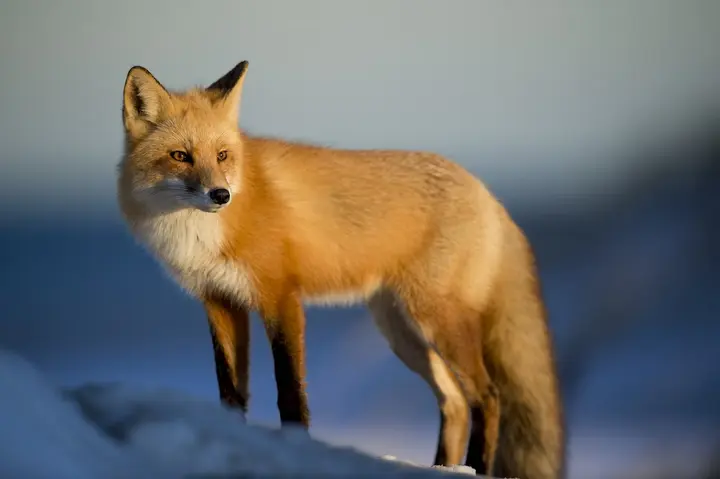
In the depths of the desert of Africa live amazing creatures, adapted to cruelty and barrenness, but there is a creature that stands out among the whole, the African fox with large ears. He is nicknamed the "King of the Desert" thanks to his extraordinary abilities and unique beauty. This charming look and large ears have made it have an irresistible charm.
Recommend
His slender body and long feet give him quick mobility and agility in catching his prey. The surprise lies in his big ears, not just decorations, but a powerful tool for survival in a ruthless desert. These ears are exceptionally capable of receiving and directing sounds with precision, allowing the fox to locate its prey and move calmly and dexterously.
With its graceful body and golden red fur, the African fox has an eye-catching charisma. His eyes shine wonderfully, reflecting depth and wisdom. He is a unique being that fascinates us with his passion and beauty, a king without a crown, who rules the African desert with his determination and spirit of exploration.
What makes the African fox the king of the desert is its unique ability to adapt to its harsh environment. It lives in the atmosphere of dry desert and land areas, but shows strength in its ability to survive. The fox feeds on insects and young and sees this as a challenge that must be overcome. He uses resourcefulness and intelligence in hunting his prey and relies on his remarkable sense of hearing to locate it.
In addition, the African fox establishes underground tunnels to use as shelter and to raise its young. This organic act shows the family spirit and deep love to keep its little ones safe and comfortable.
The big-eared African fox creeps into our hearts with its ingenuity, beauty and explored spirit. He is the king of the desert who goes after his desires and is not afraid of what he faces. So, let us celebrate the beauty of this wondrous fox and draw inspiration from its courage and inner strength.
2. Smart adaptation: how a fox manages to survive in a harsh environment.
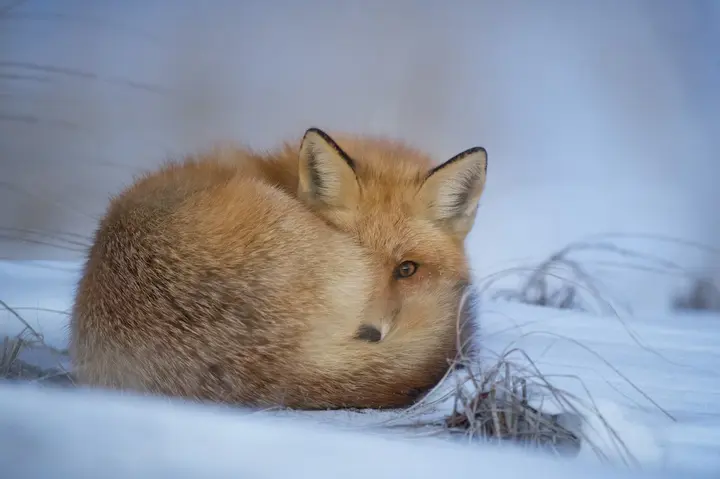
In a cruel and rude world, the big-eared African fox is a role model for intelligent adaptation and survival in a harsh environment. This amazing creature has the ability to adapt to the constant conditions and changes in the desert, which gives it an advantage that helps it survive in this dry and harsh environment.
The big-eared African fox has unique genes that help it cope with the lack of resources and adapt to the harsh weather in this environment. This fox has an exceptional ability to withstand high heat and drought, as it has a dense fur that protects it from the scorching sun and at the same time retains the moisture necessary for its survival.
In addition, the big-eared African fox is cunning in its hunting strategies. He uses his sharp senses and unique wit to get closer to his prey by camouflaging himself and approaching silently and cautiously. Not only that, but he also follows the tactics of chasing and waiting for his food. The African fox is also a piercing animal, as it has sharp night vision that allows it to see its prey even in the dark of night.
In addition to its hunting skills, the big-eared African fox has a unique ability to adapt to its surroundings. He is able to change his diet according to the availability of available resources and prey. It relies on smaller animals in times when large prey is rare. He also uses his bunkers and tunnels to protect against enemies and to live in a safe environment.
The big-eared African fox is a vivid example of the superior ability of organisms to adapt to difficult conditions and arid surroundings. His ability to withstand harsh conditions and intelligently exploit available resources reflects his heroic spirit in fighting the odds. This amazing fox deserves our protection and respect, and we must all work to preserve its environment and resources to ensure the continuity of its beloved presence in the desert of Africa.
3. African fox hunting and survival strategies.
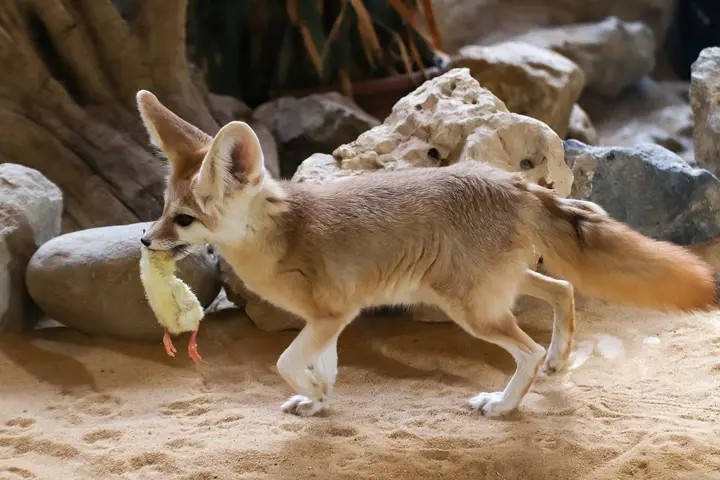
When it comes to surviving in Africa's glamorous desert, the big-eared African fox relies on great hunting and survival strategies. He embarks on an exciting journey and defies perilous circumstances in order to satisfy his voracious desires and preserve his life in this harsh environment. Harmoniously quietly in the desert ground, the fox lurks its prey waiting for the right moment to pounce. Let's take a deep look at the African fox's hunting and survival strategies, and dance together in a dance that balances ingenuity and intelligence.
The hunting strategy of the African fox is based on a surprising combination of dexterity, stealth and patience. Although it is known for its speed and ability to run at speeds of up to fifty kilometers per hour, it prefers to slowly approach its prey with quiet steps and agile movements. The fox relies on taking advantage of its surroundings to hide and approach silently, making it a living shadow that suddenly appears to drag its prey into its clutches. The fox also uses tricks based on deception and camouflage, manipulating the fields of vision of prey and exploiting its weak senses to pounce on it tragically. He is an intuitive dancer who moves brilliantly and smoothly, like an artist painting a painting of optical illusion to release his wild essence.
In its attempt to survive in a barren desert, the African fox relies on brilliant strategies that include taking advantage of its sensory qualities and motor skills. The African fox is an expert at changing its mobility patterns and directions, making it difficult for prey to track its movements and understand its intentions. In addition, the fox uses drilling as an effective way to find food and water, digging shallow holes with its front feet to detect insects and underground cells. He masterfully works hard to uncover all the energy sources available in this arid region.
African fox hunting and survival strategies are an artistic game of resilience and intelligence. He carefully controls his movements and dances according to a mechanism that suits the circumstances around him. The life story of this unique fox teaches us valuable lessons about survival and resilience in difficult circumstances, and reminds us of the richness and diversity of life on this beautiful planet. Let us enjoy the enchanting genius of this wonderful being, learn from him the art of living and survive in a changing world.
4. The African fox and interaction with the environment: its role in ecosystem balance.
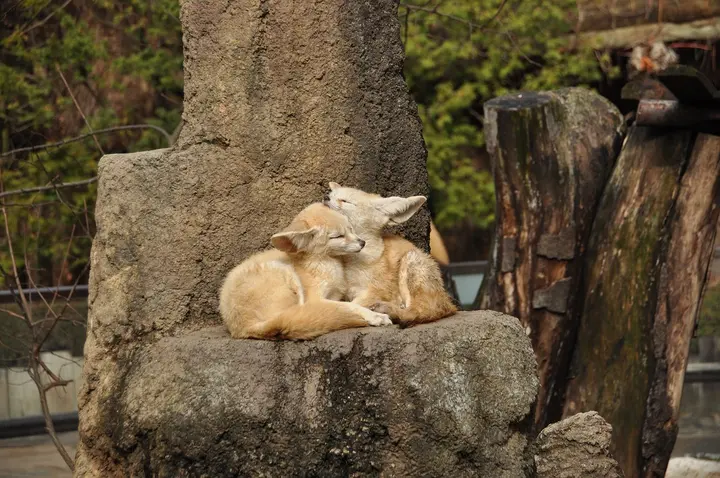
When we talk about African big-eared foxes, we can't help but admire how they interact with their environment. They are an integral part of the ecosystem, playing a crucial role in their balance. We need to understand the impact that the African fox has on the environment and how it deals with other organisms and natural events around it.
African big-eared foxes are important predators in the desert environment, as they contribute to regulating the number of mice and other animals in the ecosystem. It has evolved over the years into a skilled hunter, relying on a remarkable sense of hearing to identify and successfully hunt down its prey. In addition, it also affects the spread of some plants that depend on spreading their seeds by transporting them where they pass.
However, the role of the African fox does not stop at regulating prey populations and spreading seeds. They interact with other organisms in the environment in surprising ways. For example, they compete with other animals for food sources, and interact with birds and rodents in building intelligence systems that allow them to alert them to danger. In these ways, African foxes contribute to maintaining the balance of the ecosystem and preserving the diversity of life in the desert.
The big-eared African fox is a vital element of the desert ecosystem. It regulates prey populations and contributes to seed propagation and interaction with other organisms in the environment. Thanks to its crucial role, the desert can thrive and maintain its delicate balance. Therefore, we must respect and preserve the existence of the African fox and strive to preserve its environment enough to ensure its continued existence.
5. Protecting the African fox: future challenges and how to contribute to its conservation.
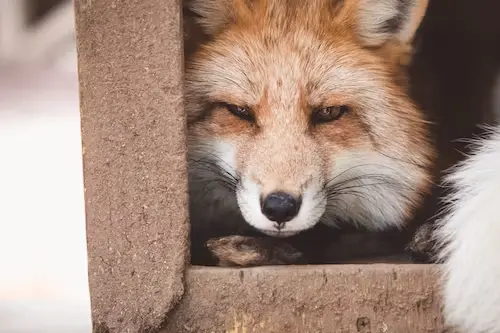
Today, wildlife faces many challenges and threats to the existence of living organisms, including the big-eared African fox. The African fox is an essential part of the Saharan ecosystem, yet today it faces numerous threats to its survival. These challenges include the degradation of natural resources, habitat loss and ongoing environmental degradation, as well as poaching and illegal trade.
Our responsibility to this charming and beautiful creature lies in protecting its habitat and working to preserve the ecosystem in which it coexists. We need to take effective action to reduce overfishing and minimize the impacts of unsustainable development. In addition, we must support research programs and projects that study this fox and appreciate its environmental and social value.
To maintain the balance of the Saharan ecosystem and ensure the continued presence of the African fox, public awareness about the importance of protecting this species must be promoted and interest in its current state should be raised. Environmental institutions and governments should promote laws and policies that protect African fox and regulate poaching. In collaboration with the local community and NGOs, sustainable tourism can be promoted and the local economy can be developed by conserving this unique fox.
The road will not be easy, but if we succeed in educating the public and forming effective partnerships, we can meet the challenges of the future and preserve the big-eared African fox. Our joint action will ensure the continuity of the existence of this magnificent creature in our desert, and will enable future generations to enjoy and learn from this intelligent and elegant creature that carries within itself the symbolism and diversity of the earth.
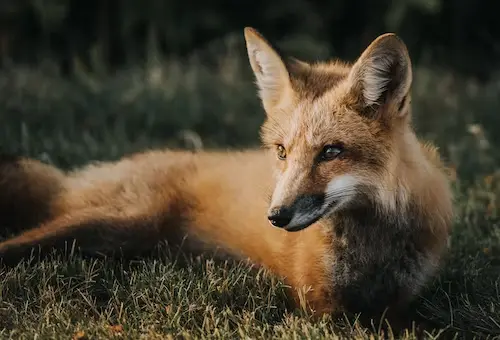
In short, the big-eared African fox is the most beloved desert explorer. His unique charm and exploration skills inspire many people around the world. We have learned a lot from this wonderful being about patience, strength and adaptation to the harsh environment. Preserving its ecological level and preserving its habitat is the responsibility of all of us. So, let us continue to share our knowledge and protect this unique and undiscovered being with our capabilities.








